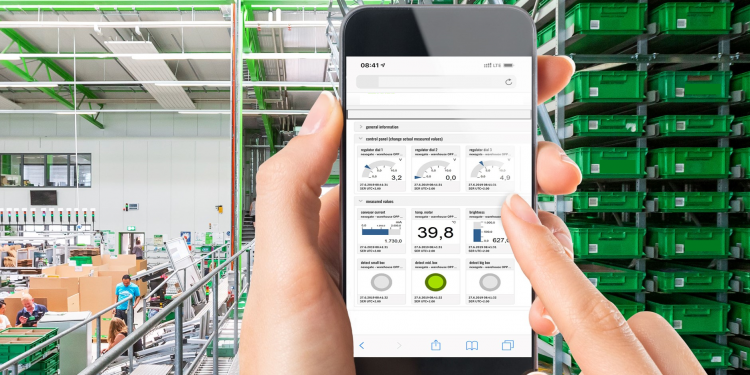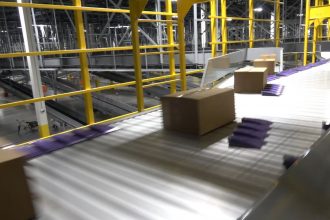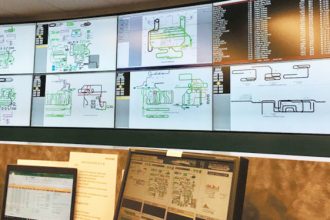Supply Chain Lessons Learned During the Pandemic

When the pandemic first hit back in March 2020, the assumption was that it would be a quick blip on the timeline. More than two years on, however, and all companies know better. Unfortunately for the supply chain, there were painful lessons to learn. But with that information now in hand, companies have the opportunity to move forward better.
The best way to apply the lessons from the pandemic is to turn to digitization. Supply chains weren’t necessarily tripped up by a lack of inventory, but rather, a lack of visibility into that inventory.
Using the healthcare industry as an example, there was an almost immediate uptick for personal protective equipment (PPE) when the pandemic took hold. Yet, hospitals repeatedly reported there was none to be found and healthcare workers had no choice but to reuse PPE that was intended for one-time use. It didn’t have to be that way—had the supply chain already implemented enough digital tools that provided visibility, things could have been much better. Operations could have known about those pallet loads of PPE sitting in the corner of a warehouse and rushed them into healthcare settings, for instance.
Unfortunately, as the pandemic revealed, too many companies operate in a reactive approach, often due to a lack of good data collection and analysis. For instance, a machine breaks down and you must fix it. Compare this to operating predictively, where a smart sensor can alert you if a temperature gets too high, for instance. Even better is the next level—bringing AI into the equation, which will allow you to avoid predicted failures.
This is the lesson, but how do supply chains move forward? By creating a digital twin of their physical operations so that they can understand the flow of goods throughout the supply chain. With this clear look into the overall supply chain, companies can overcome common issues today, such as the labor shortage, customer demands, and perceived product shortages.
To create a digital twin, you need an overall view of your entire facility and operations—a holistic picture of everything upstream and downstream. You’ll map every process, from receiving to shipping. You’ll also need to connect both sides—physical and digital—via the cloud.
With a map in hand, you can implement solutions to assist in materials flow. Tools will include sensors to provide data for analysis; automated storage and retrieval equipment; intelligent algorithms that can optimize storage space; state-of-the-art conveyance systems and more. Put together, this will provide real-time tracking of all your inventory.
As the pandemic revealed all too painfully, traditional fulfillment operations are not enough today. You need visibility into your processes, data feedback and control. Smart fulfillment comes from digitization—visibility, feedback, control, and correction. Intelligent, modular, and scalable automation solutions are available to make your operations flexible and ready to take on future challenges.
This blog post is based on the Solutions Community’s MODEX presentation: Supply Chain Disruptions & Recovery – Lessons Learned. To view a recording of the entire session, please visit the MODEX site.



